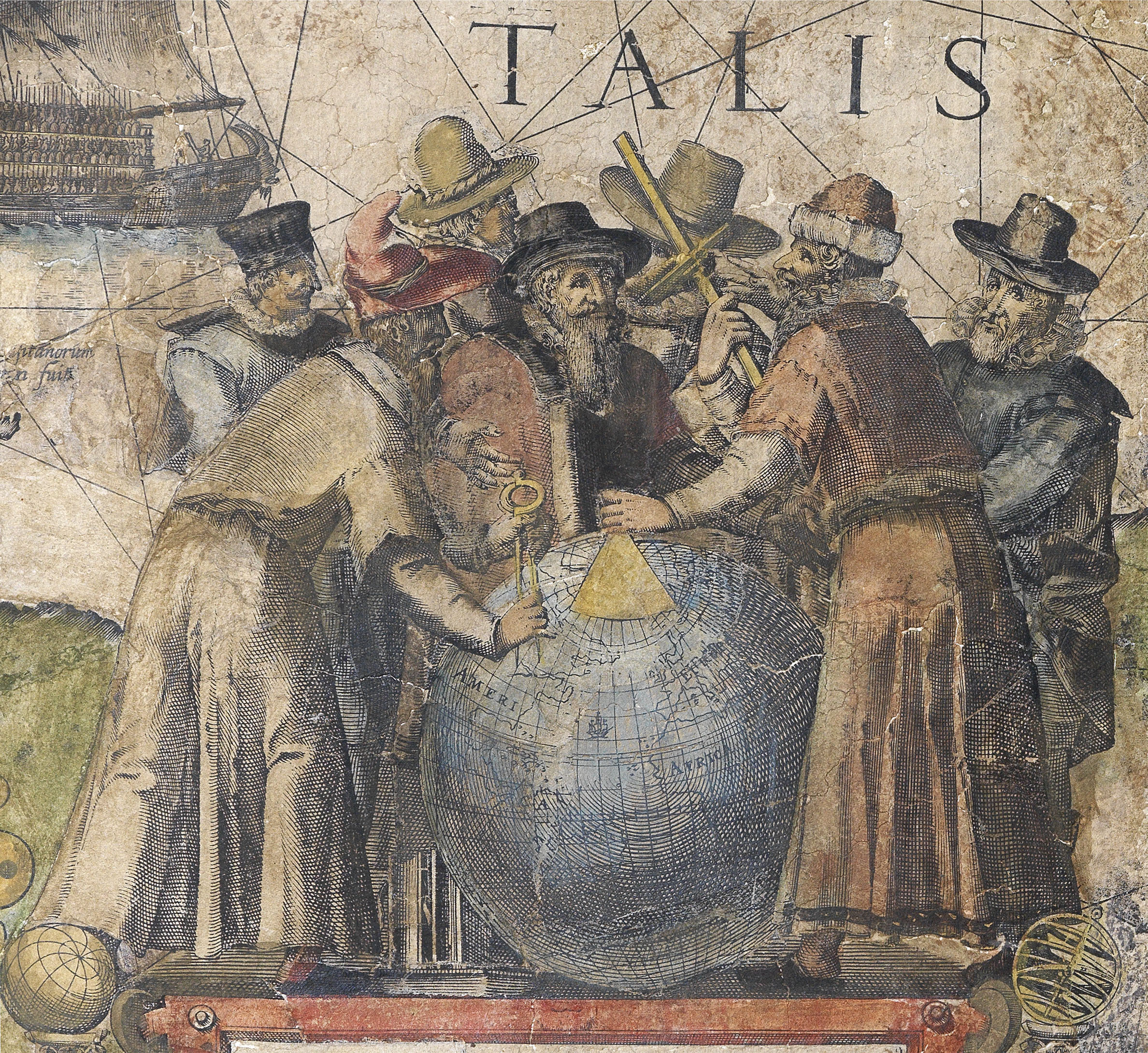William Faden
(1749 - 1836)

William Faden was one of the greatest figures in the English map-trade. Although he was of Scottish heritage, his father was William MacFaden, a London printer, who dropped the ‘Mac’ at the time of the Jacobite Rebellion (1745-1746). The young William was apprenticed to James Wigley, an engraver, in the Clothworker’s Company. When he was made free, in 1771, his father helped establish him by buying him into partnership with Thomas Jefferys II, son and heir of Thomas Jefferys, the leading London mapmaker of the previous generation, Geographer to the King.
The timing was fortuitous; with the outbreak of the Revolutionary War in 1775, the partners were able to exploit existing materials, both manuscript and printed, while adding new maps as events unfolded, to meet the needs of government, participating servicemen and a domestic market hungry for information about the war. This period laid the financial foundation for Faden’s later career. In about 1776, Thomas Jefferys II gradually withdrew from the partnership, with the business finally passing to Faden in 1783; at the same time he became Geographer to the King.
While Faden continued to offer the traditional full range of maps for his clients, he was also innovative in his stock. Through his involvement with the Smeatonian Society, he was involved with mapping of many new engineering projects, notably the rapid expansion of canals. He also recognised the importance of large-scale county surveys and, mostly by purchase, assembled a substantial stock of such maps; it was inevitable that when the Ordnance Survey required the services of a publisher, they turned to Faden to produce their maps of Kent and Essex, before taking the task in house, at the Tower of London. When Faden decided to sell his printing plates for sea charts, many went to the Admiralty, and entered service as official Admiralty charts.
Faden was undoubtedly the leading London commercial mapmaker and publisher of his day, and very successful. In 1823, he retired, selling the business to James Wyld, in whose hands, and those of his heirs, the business remained among the first rank of map-publishers of the nineteenth century.
 地图
地图  地图集
地图集  珍本
珍本  版画
版画  天文仪器
天文仪器 






